I was looking for some reference and I found this resistor symbol:

All the resistors in the schematic (several sheets) have the same symbol, so I concluded that it means nothing, but I'm not sure. What does the dot mean?
I was looking for some reference and I found this resistor symbol:

All the resistors in the schematic (several sheets) have the same symbol, so I concluded that it means nothing, but I'm not sure. What does the dot mean?
The dot is not standard. It is a marker on the resistor symbol to indicate pin 1. The only reason I can think of when this is useful is when using the circuit for spice simulations so that you know what side to probe for pin 1 or the orientation for current.
Update: Asked around some more and found someone who does this on schematics! The answer they gave me as to why: "it helps when debugging the board". They place the dot on the printed circuit board as well as in the schematic. That way when they are debugging they can quickly determine which side of the resistor they are probing without having to trace the line.
Avoid this style. You will confuse people!
It may be an old thermistor symbol (see below): -

That was my initial thought then I noticed a device called a barretter in the picture above so maybe it's a version of that. I googled barretter and it seems to be similar to a thermistor.
On the other hand it could be sloppy drawing of a winding of a transformer showing the coil polarity.
I use the resistor dot notation to designate pin 1 of the resistor. Since all pins need to have a unique number this allows you to tell which side of the resistor a particular net is connected to.
Furthermore, pin 1 / the dot, is placed on the net with either:
Typically this means the dot is at the top or left side of the resistor.